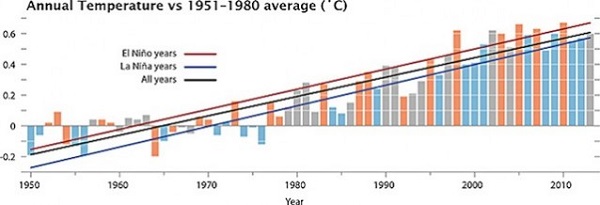 All during the 2013 election campaign Kevin Rudd warned voters that Abbott would “Cut, cut and cut to the bone” just as Campbell Newman had done in Queensland. Commentators have remarked on Abbott’s lack of a honeymoon period. Campbell Newman certainly had one, but has now spectacularly squandered his political capital in various ways.
All during the 2013 election campaign Kevin Rudd warned voters that Abbott would “Cut, cut and cut to the bone” just as Campbell Newman had done in Queensland. Commentators have remarked on Abbott’s lack of a honeymoon period. Campbell Newman certainly had one, but has now spectacularly squandered his political capital in various ways.
Dominating headlines for weeks on end the doctors’ dispute seems to have become something of a tipping point. Mark at his new blog The New Social Democrat has published an excellent link-filled post Newman v the doctors: a political fight that is poisoning the LNP, originally published at Crikey.
Mark sees the changes proposed in doctors’ conditions as carrying a broader warning for Australian health policy:
The contracts, read in conjunction with changes to the Industrial Relations Act, deny salaried doctors unfair dismissal protections, control over work location and timing of shifts, and require doctors to take direction on appropriate medical care from hospital and health service administrators.
The suggestion is that, having failed to find private operators for public hospitals that could actually provide cheaper services, the government’s agenda is to substitute bureaucratic cost controls for clinical judgement. That’s something the federal policy shifts towards paying hospitals for the “efficient price” of a procedure encourages. (Emphasis added)
The ground is shifting politically:
None of this is a good look for a government that recently lost the Redcliffe byelection to Labor with a massive swing. Polling conducted by ReachTEL for the Australian Salaried Medical Officers’ Federation in Ashgrove (the Premier’s seat), Cairns, Ipswich West and Mundingburra shows massive public opposition and significant impacts on the LNP’s vote. Newman would easily lose his seat to the ALP on these numbers, and it could be reasonably inferred that the LNP’s majority would be in danger.
Readers may recall that in 2012 Anna Bligh spectacularly crashed and burned, losing 44 of 51 seats to be left with seven in an 89-member parliament. With a walloping majority “Can do” Campbell may do the impossible and become a one-term government. A tweet from Possum Commitatus quotes a ReachTEL poll which says that if an election were held now the LNP would lose 36 seats and government.
Newman has looked gone in his own seat for some time. If people think he’s not OK as leader let them ponder the alternatives!
Elsewhere Kiwi doctors stand in solidarity with their Qld colleagues and are being advised to stay well away.
The electorate is volatile. Abbott be warned!


